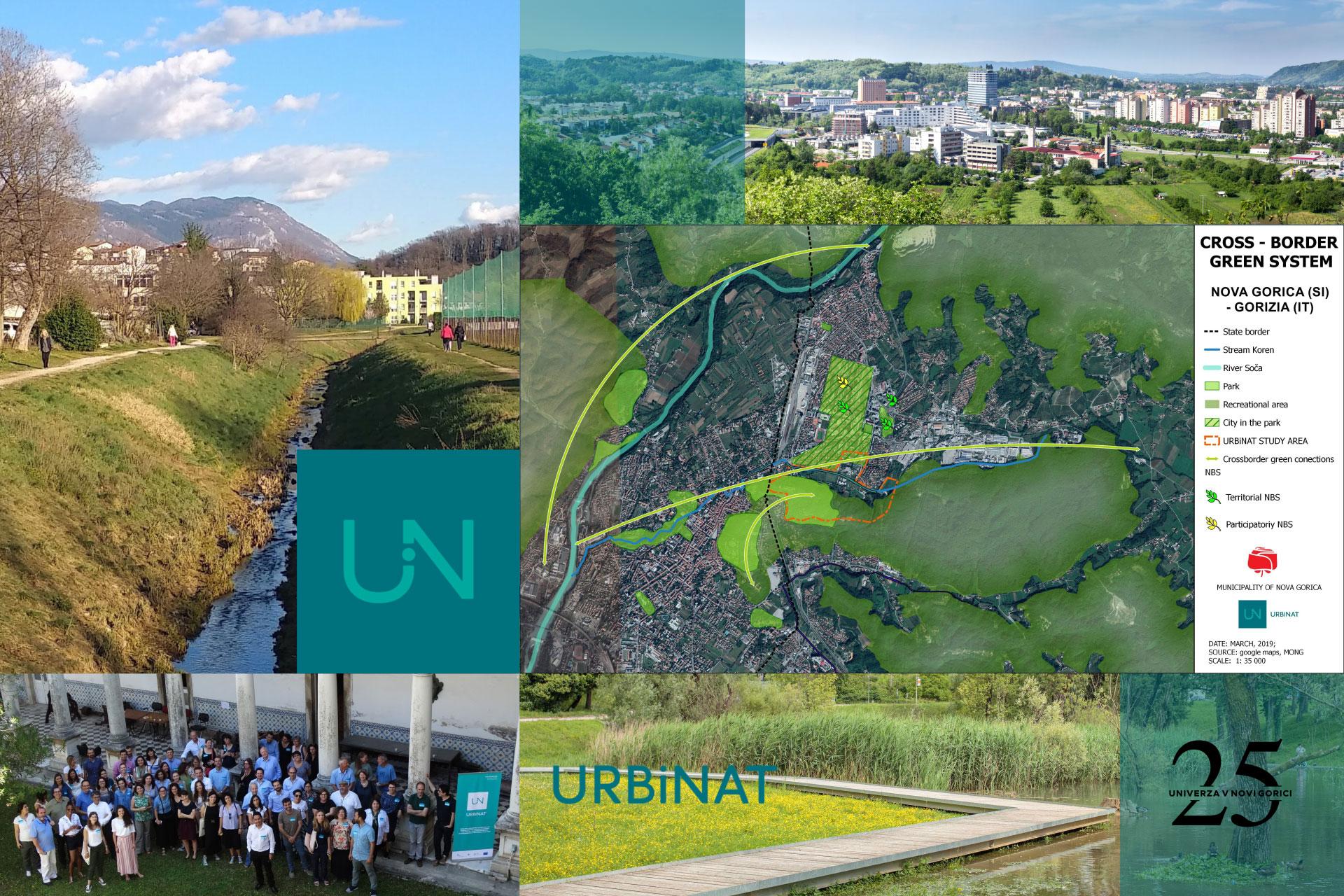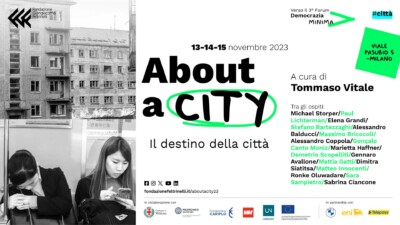How can digital enablers support citizen engagement and participation?
This question is at the heart of a newly-released URBiNAT report. The report starts by breaking down the concept of “digital enablers” into four component parts: purpose, methods, content and tools. The development of a novel framework, or “portfolio of digital enablers”, is proposed in which examples are given of digital enablers that relate to various rationales, impacts or type of added value. The report considers a wide range of digital enablers and how these can be leveraged by citizens in the process of co-selecting, co-implementing and co-monitoring of multiple Nature-Based Solutions (NBS) grouped together as part of the creation of Healthy Corridors in their neighbourhoods or districts. More specifically, the report outlines the readiness for, enabling environment, and status of digital enablers in URBiNAT cities. Impacts from COVID-19 are also addressed, and key recommendations and take-aways for various stakeholders are provided.
The relationships between the building blocks that make up digital enablers is analysed, and practical solutions are provided as to how they may be combined under varying conditions in support of the aims of the URBiNAT project. There is no pre-determined hierarchical relation or order between the various components. At the same, how different elements are combined will influence whether constructive synergetic outcomes are achieved, or whether we end up with contradictions.
Purposes can be diverse, and include mapping, information gathering, trust, ownership and changed behaviour. Methods are selected based on the purpose, and include, for example, voting, survey, competition, game, reward, photo voice, and interview. Content is co-created and tailored in relation to the purpose and the target group. Spanning from co-diagnostic to co-monitoring, content can be adjusted along the way, to sustain or reignite interest and trust. The fourth and final building block, tools, represent the technical aspect of digital enablers. Examples include websites, apps, bogs, sensors, video consoles, augmented reality (AR), and virtual reality (VR).
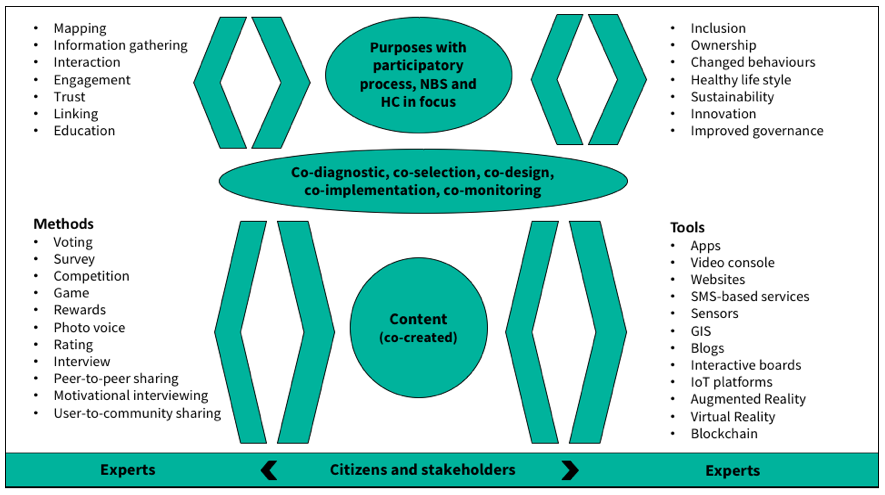
The report highlights how digital enablers can add value through various mechanisms. Compared to traditional means of communication, digital enablers have the potential to reach, and thus include, a greater number of citizens and other stakeholders at short notice. Digital enablers also make it possible to target and tailor content with certain individuals and groups in mind. And, they make it possible to bring people and groups together around common interests, providing opportunities for knowledge exchange and learning as well as innovation and community development. Digital enablers can, furthermore, contribute to building trust.
CLICK HERE to read the other articles in this blog series
Issues and weaknesses associated with digital enablers are highlighted as well, resulting in a need of countermeasures. Blended approaches, that combine the benefits of digital enablers with those of traditional face-to-face communication, may be preferable in some cases, for instance. Not least during the past year, during the onset of COVID-19 and the subsequent lock-downs, both the URBiNAT cities and others around the world have become increasingly reliant on making effective use of digital enablers for participatory purposes.
In Porto, many citizens are used to face-to-face contact. A step-by-step introduction of digital enablers, and that they co-exist with traditional participatory approaches, is therefore seen as important. Nantes has a long tradition of, and a specific governance model for, engaging citizens in the preparation and implementation of projects. The city has used digital enablers in support of citizen participation since 2014. One example is the online platform “Dialogue Citoyen”. Sofia is at an early stage when it comes to application of digital enablers as a means of engaging citizens, yet there are initiatives such as a web-platform where citizens can suggest new projects and comment on ongoing projects. Brussels has invested extensively in digital infrastructure, to provide Internet access for all citizens.
Struggling with the COVID-19 lockdown restrictions, the city moreover collected and distributed laptops and other tools to those in need. Høje Taastrup has a long tradition of citizen engagement offline, yet also use digital enablers, and increasingly engage in a blended approach. The municipality often piggyback on existing online pages of local communities. In Siena, the pandemic has resulted in a rapid uptick in digital communication, with several online forums and groups developing. Nova Gorica has an advantage in that most citizens have a positive attitude to using digital tools, and that a big part of the younger generation has access to smartphones and laptops.
Key recommendations and take-aways put forth in the report relate to different stakeholder groups, such as policy makers and city administrations, citizens and NGOs, business/private sector and innovators, as well as the wider society. For policy makers, digital enablers can offer benefits such as reaching more citizens, targeting special groups, facilitating monitoring and data collection, and gaining a better understanding of citizens’ needs and behaviours. Recommendations for city administrations include to ensure that the digital infrastructure meets with the citizens’ needs when it comes to Internet access, as well as competence building to help bridge the digital divide. Digital enablers used should be user-friendly and well-anchored with citizens, to match their needs and interests. A blended approach to co-creation and engagement is welcomed as citizens have different preferences when it comes online interaction versus physical meetings. The report concludes that digital enablers offer a rich and diverse set of instruments capable of generating value through multiple mechanisms.
In the next stage of the project, URBiNAT will realise, document and draw lessons from concrete initiatives on the ground across the participating cities.
Download the full report
D3.3: Portfolio of Methods, Tools and Content - Forming Digital Enablers of NBS
This deliverable has been framed for the objective of collecting and structuring information as a basis for enhanced understanding of how to apply so-called “digital enablers” to support the co-creation process around NBS and healthy corridors in URBiNAT cities, and to draw wider lessons thereof. Despite the opportunities offered by digitalisation, as observed in ambitious plans for the development of smart cities, urban planners continue to struggle in addressing serious outstanding issues, including fragmentation and lack of engagement by disadvantaged groups. Although the application of Information and Communication Technologies (ICT) will not by itself resolve these issues, the constructive application of digital enablers can be greatly helpful. Building on the experience at hand and linking to the evolving experience of URBiNAT cities, this report sets out to cast new light on ways forward in this respect. The audience includes members of the URBiNAT project along with others interested in the project and lessons on how to address the issues at hand.
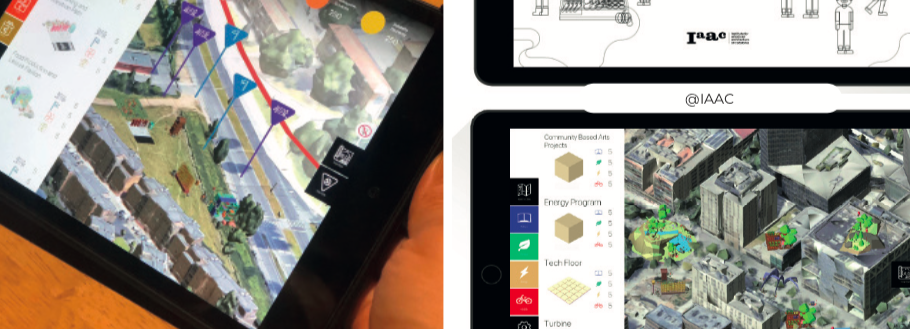
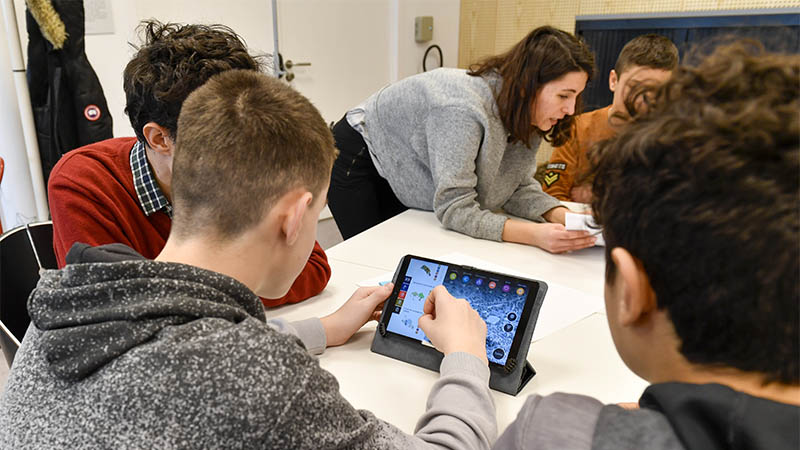
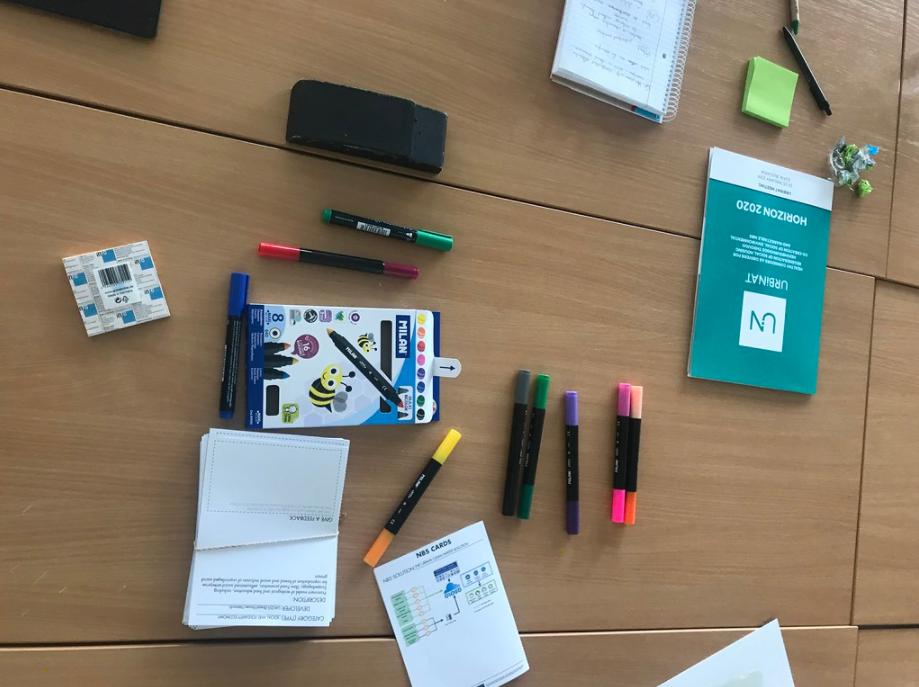
Comments welcome!
Welcome to raise comments, suggestions and questions here. We are curious to learn about your views on and experiences of digital enablers, for example related to the following questions:
- What digital enablers do you find useful to engage citizens and other stakeholders in co-creation, and why?
- What has been your starting point when using digital enablers: challenges and needs or opportunities and shared interests?
- How has Covid-19 impacted the development and use of digital enablers and hybrid approaches to engage in dialogue, participation and co-creation?
- Can you mention some particular features or tools that you find particularly useful for digital enablers?
- Do you experience some particular problems with digital enablers, and do you have any proposed solution to overcome then.
- What kind of digital enablers would you like to experience more of, if any?


